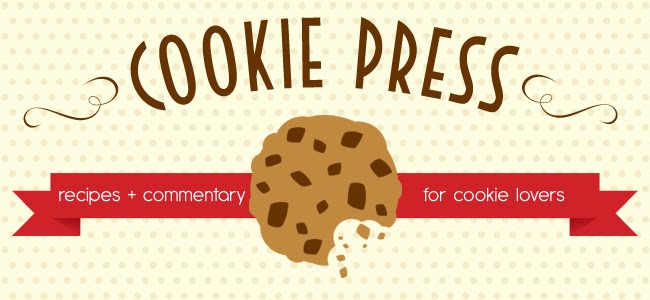
As the countdown to the 2010 holiday season begins, I thought it might be a good time to go over some baking basics. Think of this entry as baking 101 or an into course for non-bakers. Those of us who bake all the time know the tools of the trade. We've learned them from the baker in our family, our friends, relatives, or just trial and error. But if you've never, ever baked anything, where the heck do you start? Here's what you'll need to equip yourself for baking success.
Tools of the Trade
Dry Measuring Cups
All sets come in four sizes: 1/4, 1/3, 1/2, and 1 cup.
Use them to measure flour, sugar, brown sugar, peanut butter, oatmeal, chocolate chips, nuts, coconut, etc. Always level off the top of the measuring cup with whatever you're measuring and gently spoon flour into the measuring cup. Never, ever pack down flour.
Liquid Measuring Cup
Available in glass or plastic, the most versatile size is 2 cup. Also available in 1 cup and 4 cup sizes. I recommend the 2 cup size by Pyrex. Use it to measure any liquids in the recipe such as corn syrup, milk, water, vegetable oil, etc.
Measuring Spoons
Vital to your baking success, measuring spoon sets come in these sizes: 1 Tablespoon, 1 Teaspoon, 1/2 Teaspoon, 1/4 Teaspoon. You'll use these to measure baking soda, baking powder, salt, flavorings such as vanilla extract, water, coco powder, etc. Always level off the top of the measuring spoon with whatever your measuring.
Rubber Spatula
Use this to scrape down the sides of the bowl when creaming butter and sugar, adding flour, etc. Available in many sizes and styles, choose a medium size.
Flat Spatula
You probably own at least one spatula already for flipping burgers, but it's good to have a few sizes handy. Choose one that feels good in your hand with a thin, but sturdy edge that gives you rigidity when removing cookies from the pan. A non-stick version works best and can be easily washed in the dishwasher.
Cookie Sheets
If you bake regularly, you probably have at least 4 or 5 sheets in your cabinets. You should have 2 which will allow you to bake 2 pans at a time. Cookie sheets come in two basic styles, either flat or with a edge around the sheet (also called a jelly roll pan). I prefer the edged sheet because it's easier to grip than a flat sheet with just one edge. Try both kinds and I'm sure you'll have a favorite.
Cookie Tins
It's best to store most cookies in an airtight container at room temperature. Cookie tins come in all sizes, shapes, and colors. Make sure you select tins with tight fitting lids. Always hand wash tins and thoroughly dry them before storing to avoid rust.
Stand Mixer
You'll need a sturdy, large, electric mixer to mix cookie dough. Kitchen Aid mixers dominate the market and run about $250 on sale, but you can find cheaper alternatives. Sunbeam and Hamilton Beach make less expensive versions which range from $50 to $100. Hand held mixers are not the best choice since the beaters are small and simply can't handle the amount of dough you're making. Some recipes don't require a mixer, but most do, so it's a good investment.
Parchment Paper
Probably not essential to successful baking, but it keeps cookies from sticking to the baking sheets and makes clean up a breeze. It's okay to reuse a sheet when baking a second or third tray of cookies, but gently scrape the paper with the spatula to remove any crumbs before dropping new dough on the sheet. Trim or fold the paper so it fits on your baking sheet. Be careful not to place under the broiler or near the heating element as it will burn. Do not use parchment paper in toaster ovens for that reason. Parchment paper costs anywhere from $4 - $8 depending on the brand.
Cooling Rack
Cooling racks are essential for cooking making because they allow the cookie to cool quickly and without forming condensation. Two racks should do it. Look for large racks that will firmly support cookies while they cool.
You'll also need spoons, a butter knife, scissors, oven mitts, and a hot oven. But you probably already have those things in your kitchen.
Once you have purchased the tools, you'll need the ingredients. Stay tuned to the blog for my next entry which covers stocking your pantry. Happy baking.





No comments:
Post a Comment